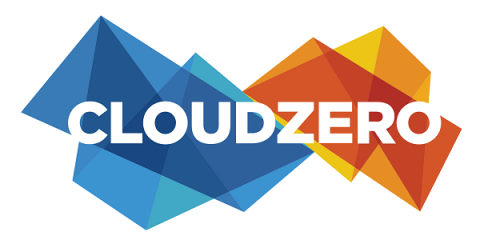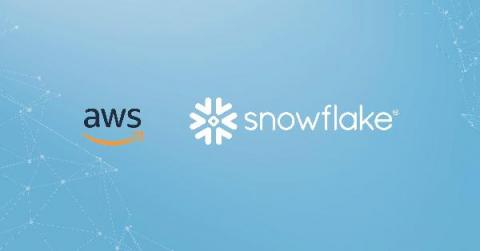Why Finance Teams Love CloudZero (Even if It's Built for Engineering)
CloudZero is a platform that helps you understand cost — but that doesn't mean it's purely a finance tool. In fact, unlike most other cloud cost management and optimization solutions, it’s built for engineering. However, CloudZero still makes a lot of finance teams very happy. First of all, the work that engineering teams do while using CloudZero saves money, which every finance team appreciates.



